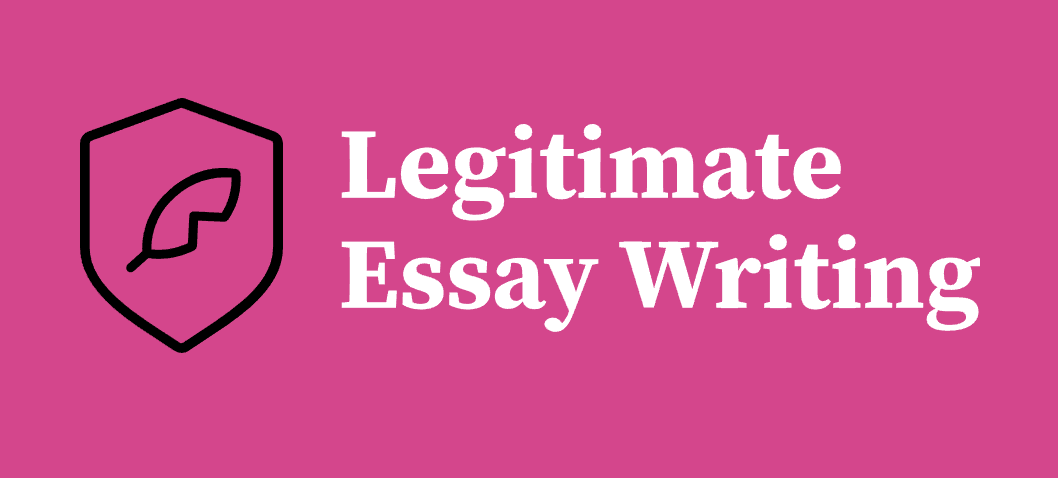Legal practitioners are increasingly under pressure to reply to legal notices promptly, accurately, and within changing regulations. Be it a contract dispute, statutory demand, or regulatory inquiry, the clock begins to tick the instant a notice is received. Previously, it has required laborious hand work to reply to such messages, with lawyers and paralegals literally spending hours rooting out precedents, analyzing legal nuances, and preparing responses. But in this modern digital-first legal world, the slow pace of traditional methods no longer serves the high-stakes nature of legal work.
Step in AI-assisted document drafting tools—a revolutionary solution that changes the legal professionals’ interaction with legal notices. From accelerating response time to enhancing risk prevention, AI legal document drafting is redefining the operation of law firms and corporate in-house legal teams. This article examines the ways in which this new generation of legal technology simplifies drafting processes, enhances compliance, and opens up operational efficiency for legal professionals and organizations.
The Legal Notice Challenge: Complexity Under Pressure
Legal notices are deadline-sensitive. Failure to meet a deadline or answer inadequately will jeopardize the organization’s reputation, legal liability, or adverse judicial results. Each notice is distinct and deserves to be treated with the level of detail required of it—fact patterns differ, jurisdictions differ, and laws shift. With increasing legal workloads, manning each notice by hand is operationally impractical and strategically undesirable.
Artificial intelligence-based document drafting tools solve this key pressure point by streamlining the most onerous and repetitive aspects of producing legal responses. Such software is not meant to replace attorneys—it is meant to harness legal knowledge and intelligent automation for the purposes of enhancing consistency and response time.
At the heart of this change is the advancement in natural language processing (NLP) and machine learning algorithms that enable AI to comprehend, interpret, and create sophisticated legal language with human accuracy. At law firms, this equates to moving from reactive, labor-intensive drafting to proactive, data-driven response strategies.
Automating the Drafting Lifecycle
One of the greatest benefits of AI legal notice response drafting is that it is able to automate the whole cycle of legal notice responses. After a notice is put into the system, the AI algorithms review the content, determine the kind of notice, extract the salient points like sender details, jurisdiction, timelines, and legal foundation, and suggest an appropriate response template based on available legal templates and previous precedents.
This automation saves considerable time for review of documents, manual examination, and formatting. Above all, it guarantees that all the answers are up to the required legal specifications and organizational procedures and provide little scope for human mistakes or non-conformity.
For example, an in-house legal team that is issued a statutory notice of tax can scan the document into the AI drafting tool. The computer will identify it as a tax notice legal document, cross-reference it against similar cases it has prepared, call up relevant clauses, and suggest a first draft that is compliant with relevant financial regulations within minutes.
Ensuring Consistency, Accuracy, and Legal Rigor
All legal documents must meet three principal requirements: clarity, compliance, and soundness in law. Standard traditional drafting practices often struggle with consistency across multiple drafters or groups. Consistency comes naturally with the model in AI systems.
These computer programs utilize massive databases of historical judicial documents, case law, and industry jargon to draft accurate texts in terms of best practice and institutional regulation. They provide version management, redline, as well as clause-level recommendations that enable legal teams to stay accurate even under time pressure.
Legal document automation using artificial intelligence allows for imposition of boilerplate clauses—such as indemnification, force majeure, or dispute resolution—on responses automatically so that there is consistency. Standardization is especially useful for law firms dealing in bulk repetitive notices or enterprise legal teams dealing in cross-world jurisdictions with different regulations.
Fast Response without Compromising on Accuracy
Speed is necessary in responding to legal notices, but not by sacrificing detail. AI drafting software finds the right balance. High-quality first drafts can be prepared much faster than a human ever could, providing legal teams with an early head start. Lawyers can then review, revise, and approve the document on the basis of case facts, changing their role from content creator to strategic reviewer.
This capacity to work efficiently but with precision assists legal teams in reducing turnaround time, fulfilling regulatory timelines, and enjoying healthy stakeholder relationships. Whether notice is for employment law, commercial agreements, or data offense crimes, AI application saves first-draft time by 70% or more, so that legal practitioners can concentrate on legal advocacy more than formatting or boilerplate writing.
Use Case: Dealing with Vendor Disputes
Take the example where a multinational corporation receives a letter from one of its suppliers alleging a breach of contract. Time is of the essence. The in-house counsel uploads the letter into their AI-driven legal document generation system. The AI system recognizes the type of controversy, categorizes it as a contractual claim, pulls out similar contract provisions from in-house document databases, and proposes a response citing the provisions, citing the provisions in contention and providing a framework of rebuttal.
The attorneys have the time to edit the draft, align it with company policy, and craft tone and content to mirror the organization’s legal strategy. Within hours, not days or weeks, a complete, compliant, and defensible response is at hand, more rapidly and with greater confidence than conventional methods would permit.
Improving Collaboration Between Legal Teams
Today’s legal departments are growing increasingly multidisciplinary, including lawyers, compliance professionals, operations personnel, and external counsel. AI-powered drafting tools make collaboration straightforward through centralized access to templates, shared notes, comment streams, and real-time data.
This shared platform lessens disagreement among stakeholders by eliminating middlemen, reducing miscommunication, and allowing each input to find its voice in the resulting response document. A single shared platform for authoring, editing, approving, and archiving facilitates auditability and continuity of knowledge, a very valuable asset in corporate legal environments.
Data-Driven Insights for Continuous Improvement
In addition to writing, such AI products offer world-class analytics on notice handling, draft completion rates, most amended clauses, and where legal bottlenecks arise. Legal operations leaders are able to use these data points to optimize internal processes, revise playbooks, and train teams better.
Over time, the system grows more astute, learning from revisions, preferred language, and case results in order to produce increasingly optimized drafts. This learning loop strengthens document quality as well as legal team efficiency.
A Strategic Asset for Enterprise Legal Operations
AI Document preparation for law isn’t so much a tool as it is a strategic facilitator of legal transformation. It shifts legal teams’ mindset on risk mitigation, time management, and resistance to external pressure. Through the union of legal acumen and intelligent automation, companies can boost performance, lower costs, and better secure their interests.
Forward-thinking legal teams and in-house counsel increasingly are forming agreements with AI vendors and legaltech innovators to design personalized drafting workflows that fit their practice space. Not only are these solutions filling today’s needs, but also positioning legal teams for ensuing stages of compliance and litigation preparedness.
Conclusion: Precision, Speed, and Confidence in Every Response
Notice. Law no longer takes a backseat on a sheet of paper—they’re high-stakes moments that can win or lose regulatory cases, disputes, and strategic negotiations. In this high-stakes competition, AI-facilitated document drafting tools enable lawyers to respond with confidence, clarity, and speed.
With the mechanization of the routine, streamlining of the intricate, and release of the strategic, AI legal document creation solutions provide a cutting-edge competitive edge. For in-house legal teams desiring to expand effectively, reduce risk, and uphold excellence in client and regulator engagement, the moment to embrace AI is now.










